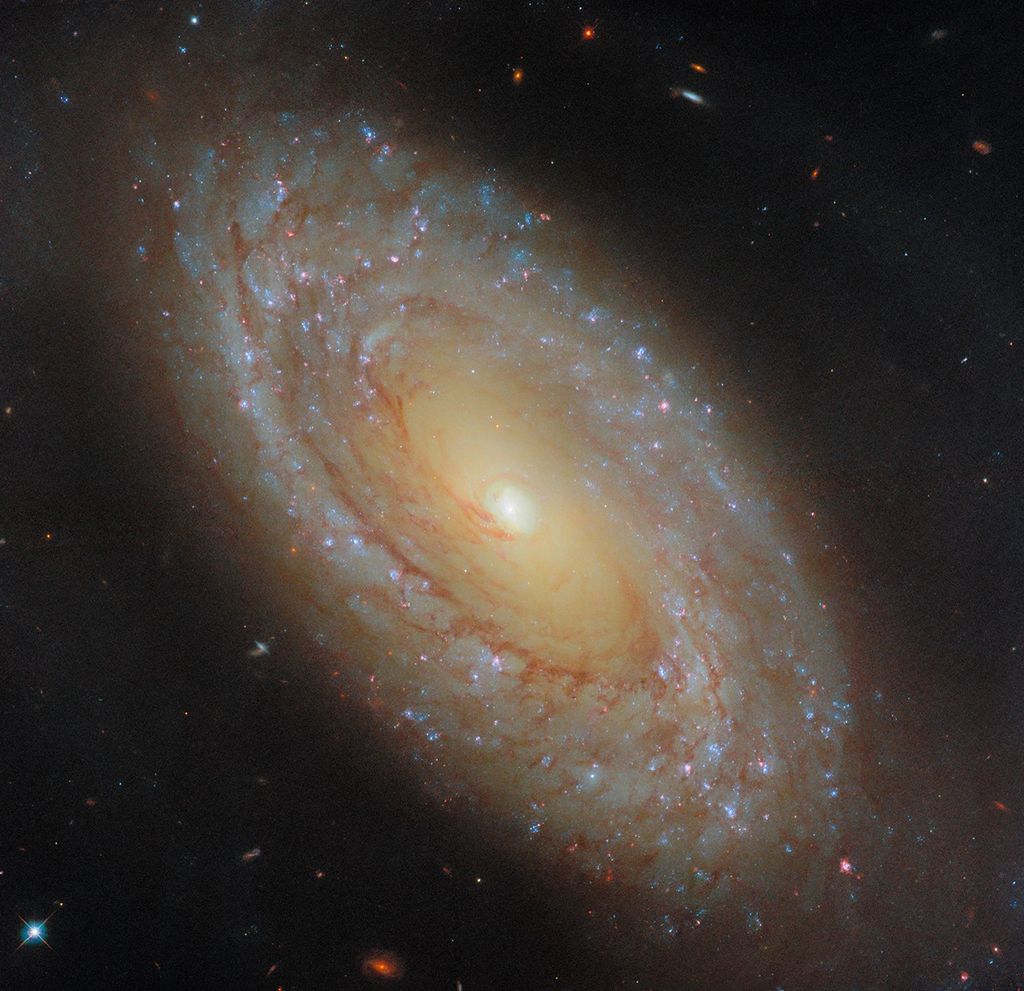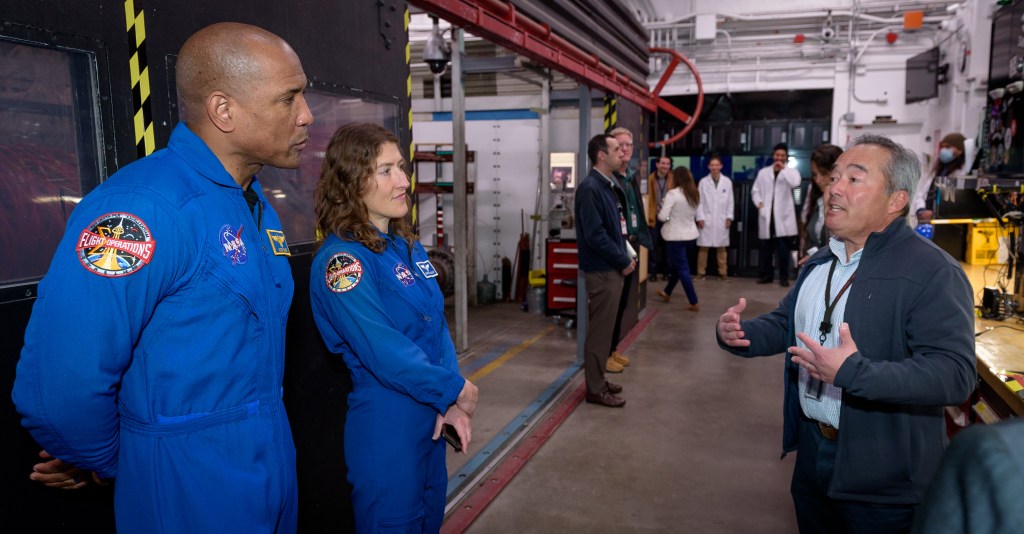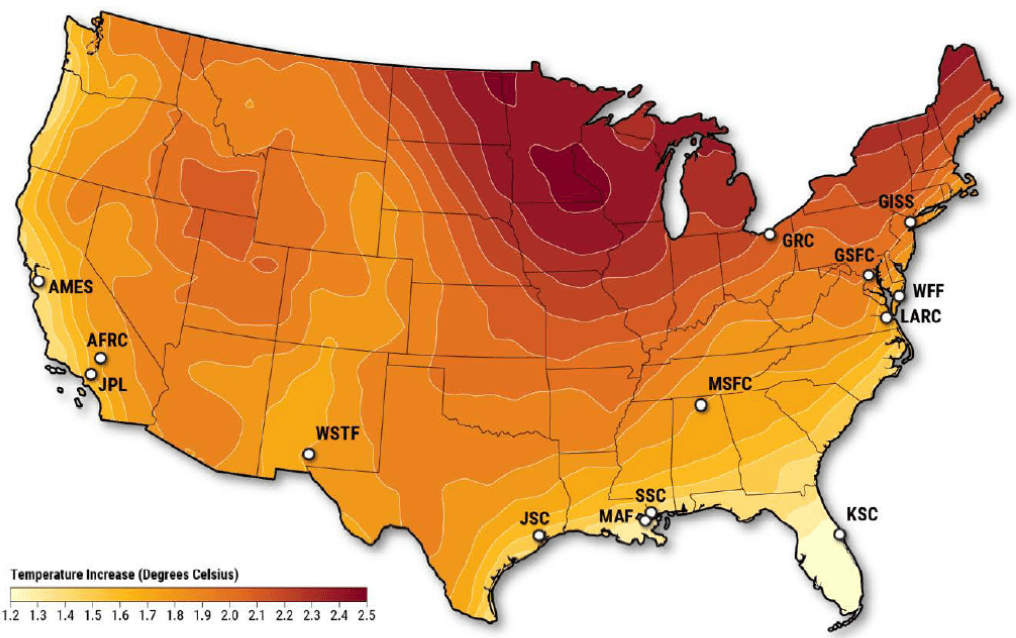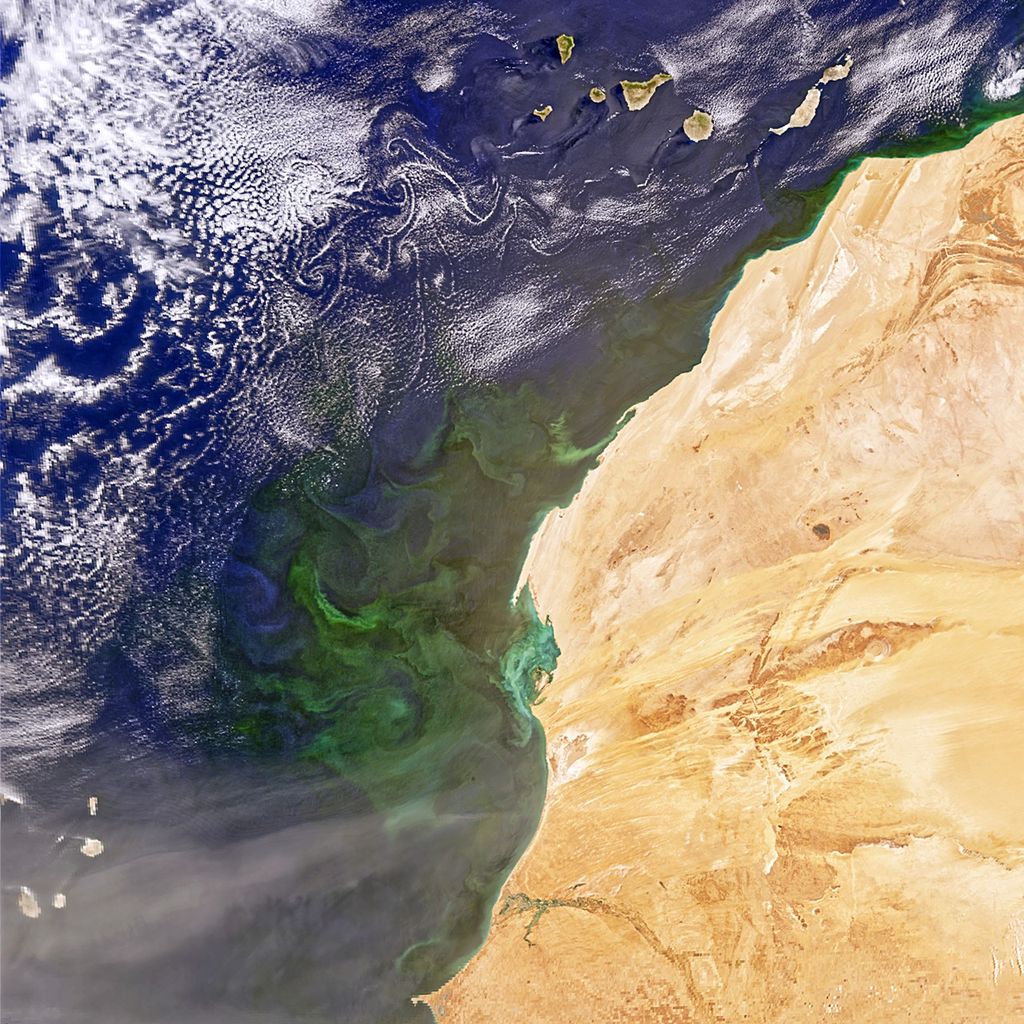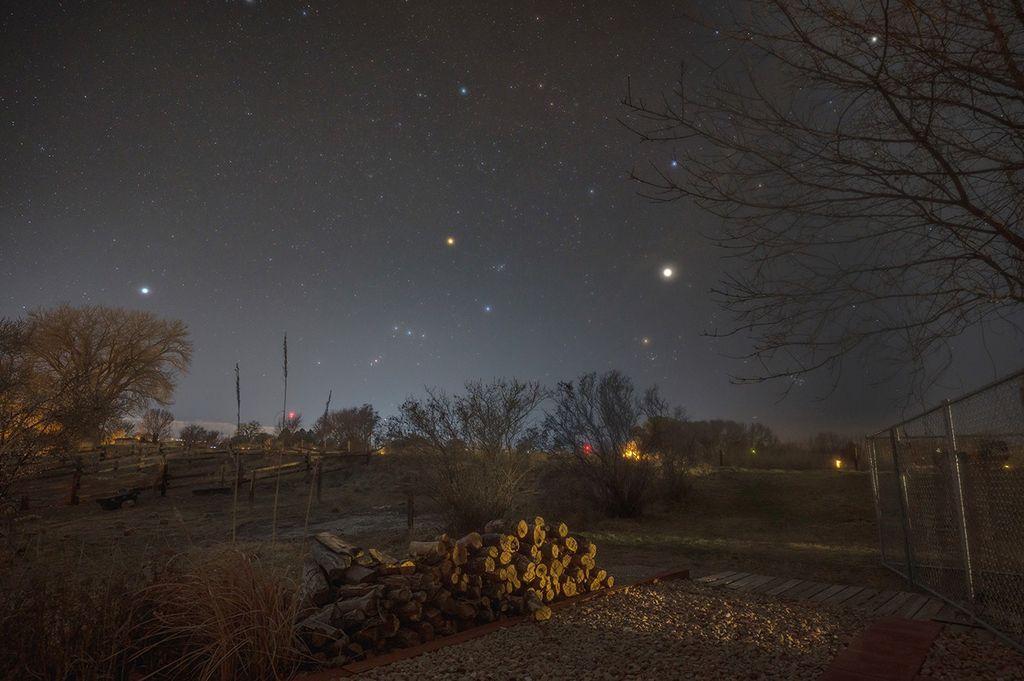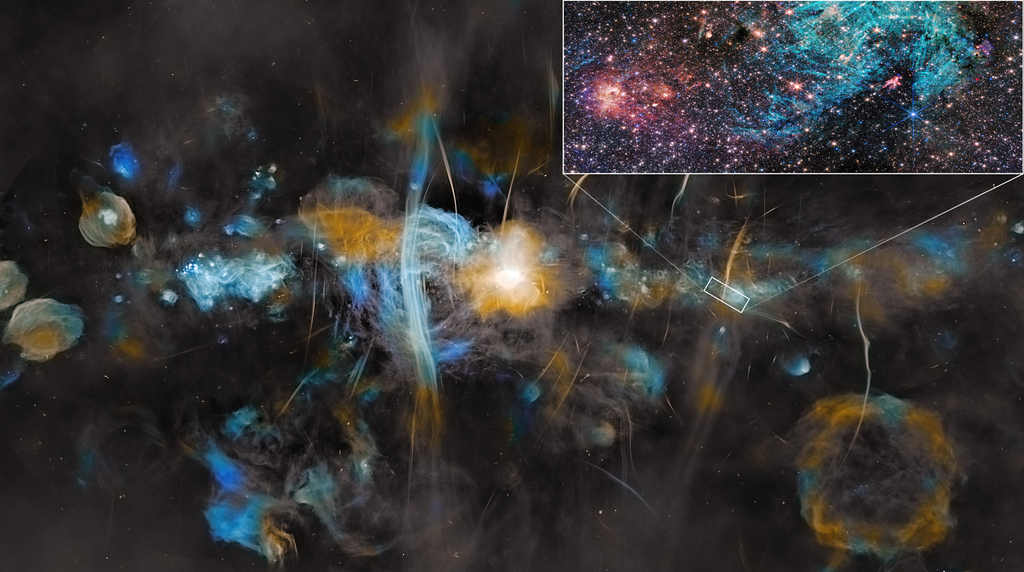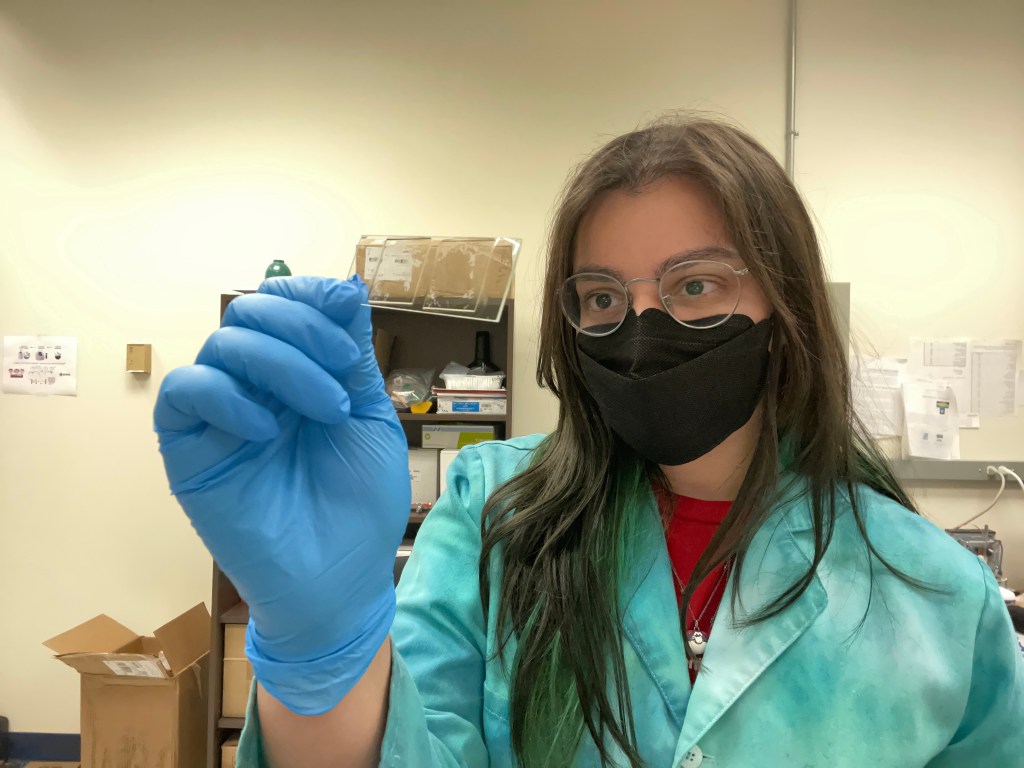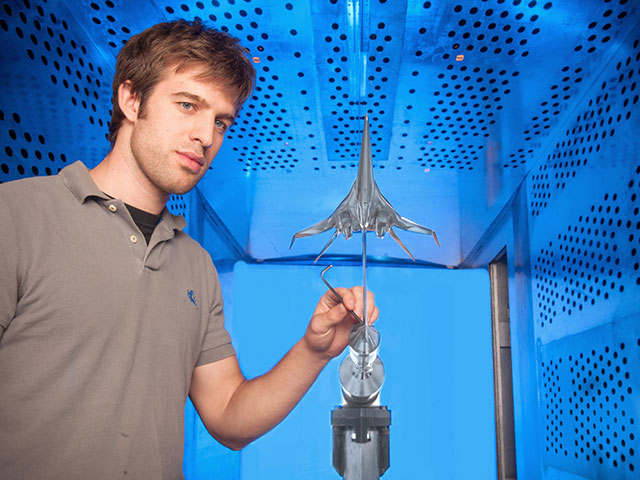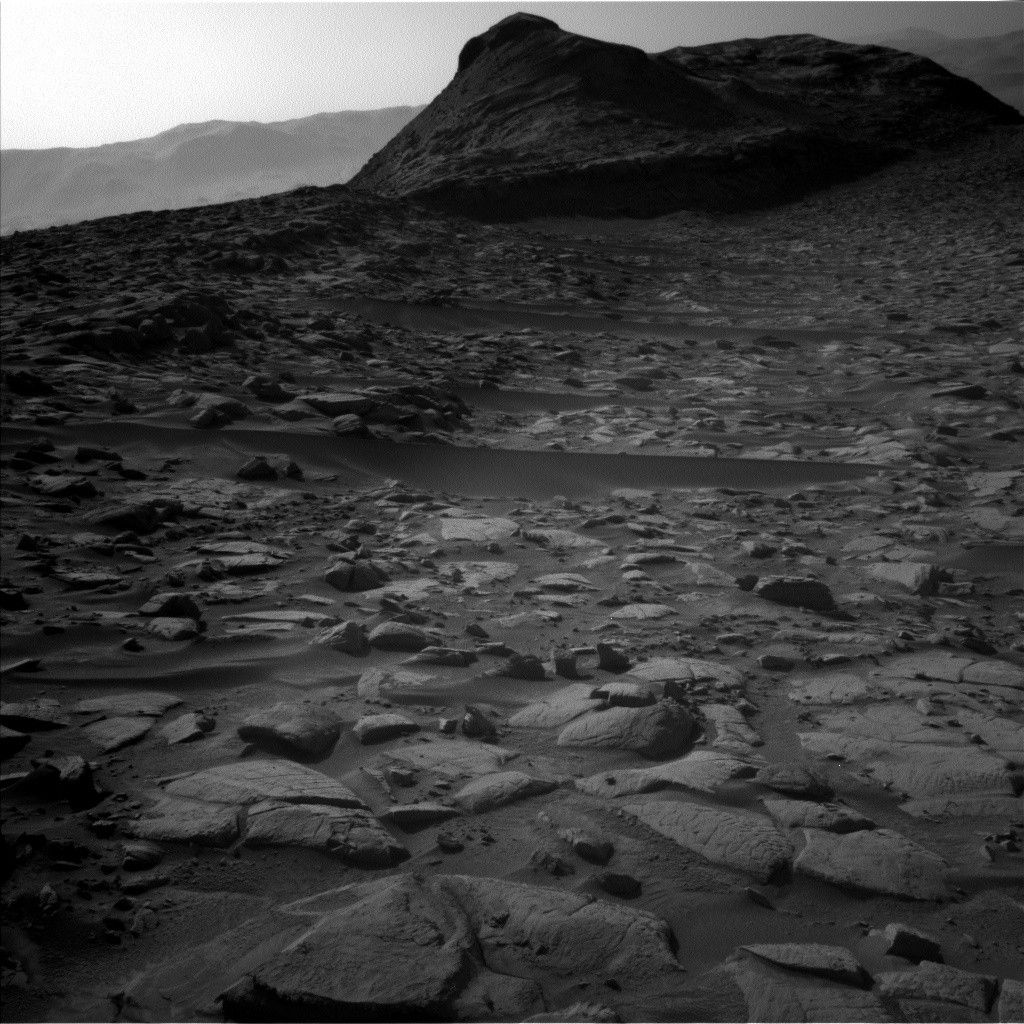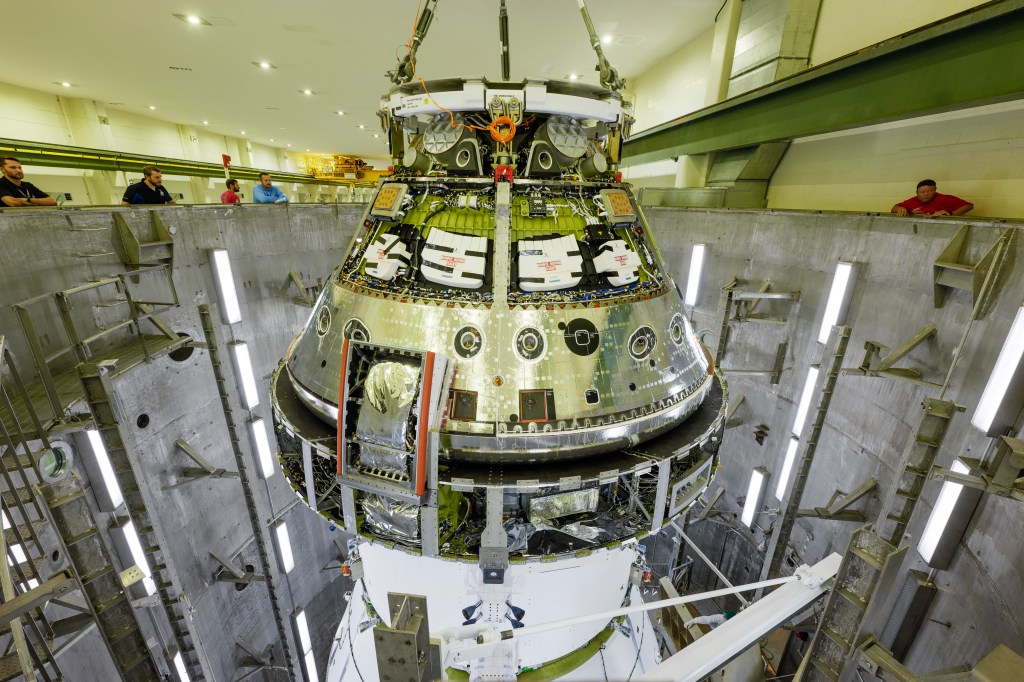
Astronomers have long known that Saturn’s rings reflect sunlight most strongly when Earth is located directly between Saturn and the sun. Flat, shiny surfaces can appear particularly bright when light reflects off them. However, even rough surfaces can appear bright when the source of light is directly behind the observer’s head, no matter what the orientation of the surface is, a phenomenon is known as the opposition effect. Examples include the eyes of a cat, which seem to glow brightly when they are illuminated by a flashlight, or highway signs that “light up” when they are caught in a car’s headlights.
On Aug. 16, 2006, as Cassini flew directly between the sun and Saturn, it captured images that vividly show this opposition brightening. Saturn’s rings were observed while they were in front of the planet, producing a complex interplay of sunlight reflected from the rings and the shadows cast by the rings on the cloud tops of Saturn. The yellow-green sunlit clouds of Saturn are seen in the upper right corner of the image beyond the outer edge of the A ring, and also through the 4,000-kilometer-wide (2,400 mile) Cassini Division in the left third of the mosaic. (Yellow indicates a mixture of reflected sunlight and thermal emission.) The shadowed regions of the planet, on the other hand, appear deep red because only thermal emission produced deep inside Saturn itself is visible.
At exact opposition, the shadows of the rings are hidden behind the rings themselves, but away from this point shadows can be seen peeking out from behind the edges of the A and B rings into the Cassini Division, as well as beyond the outer edge of the A ring.Image credit: NASA/JPL/University of Arizona

